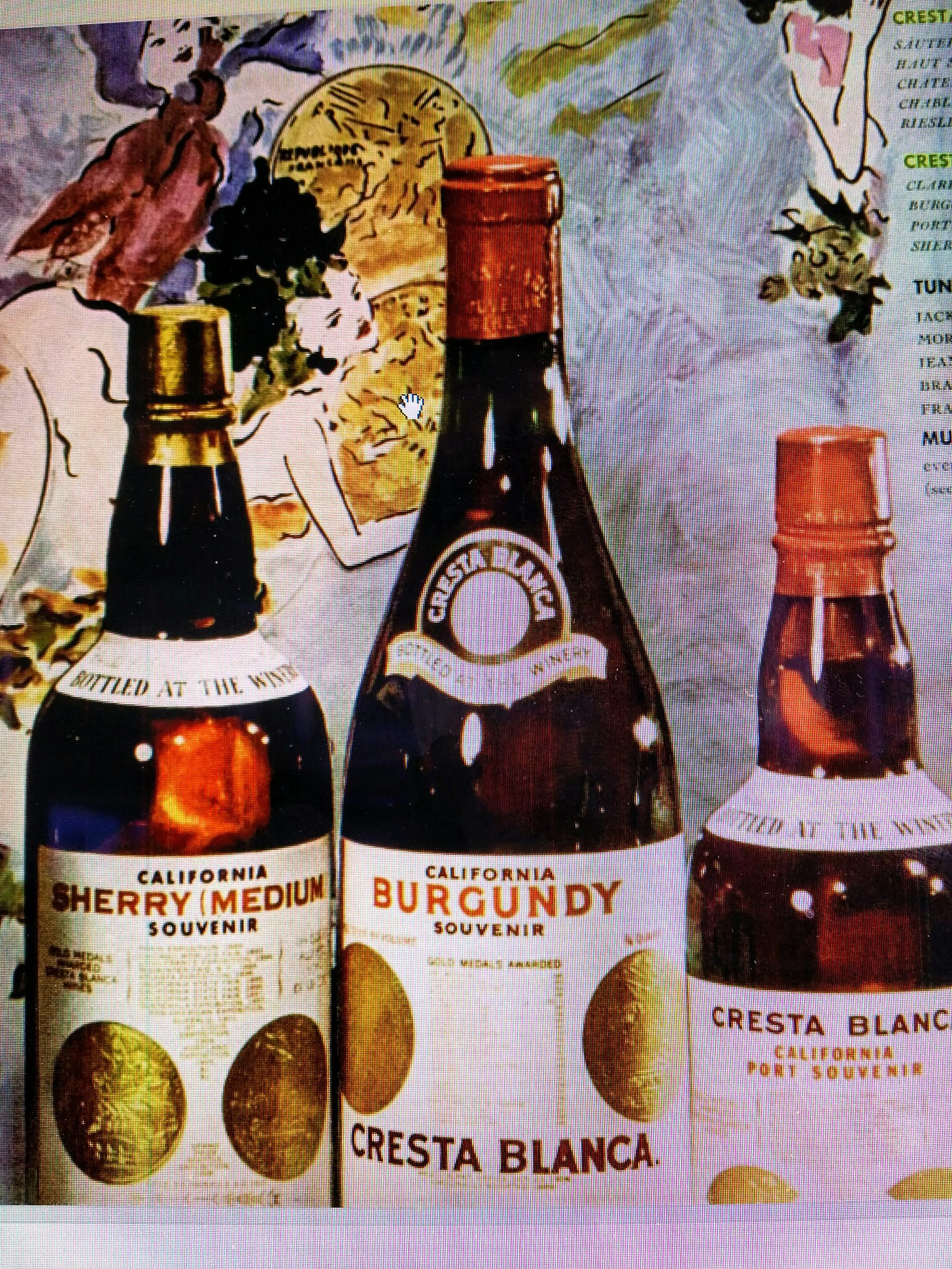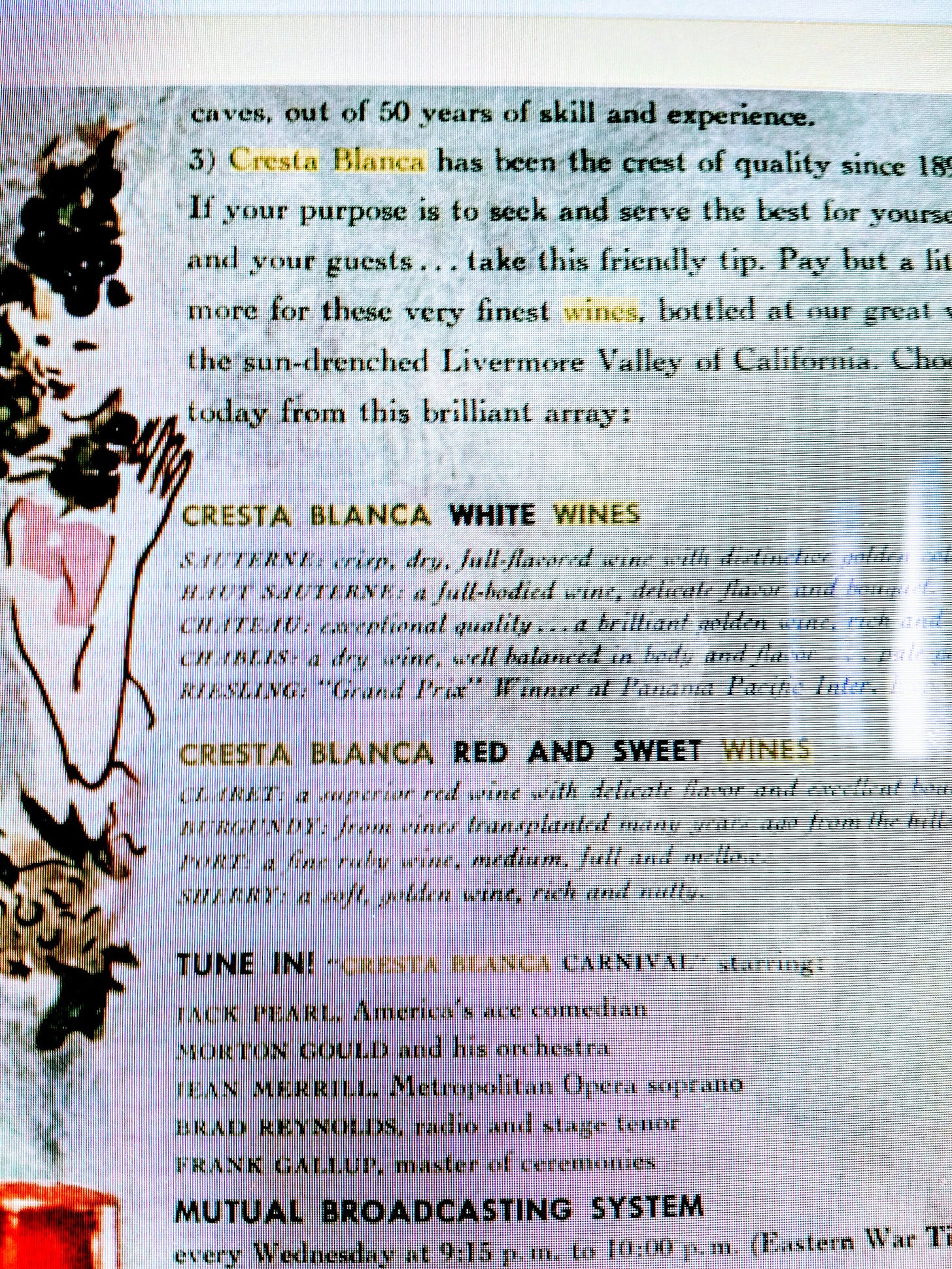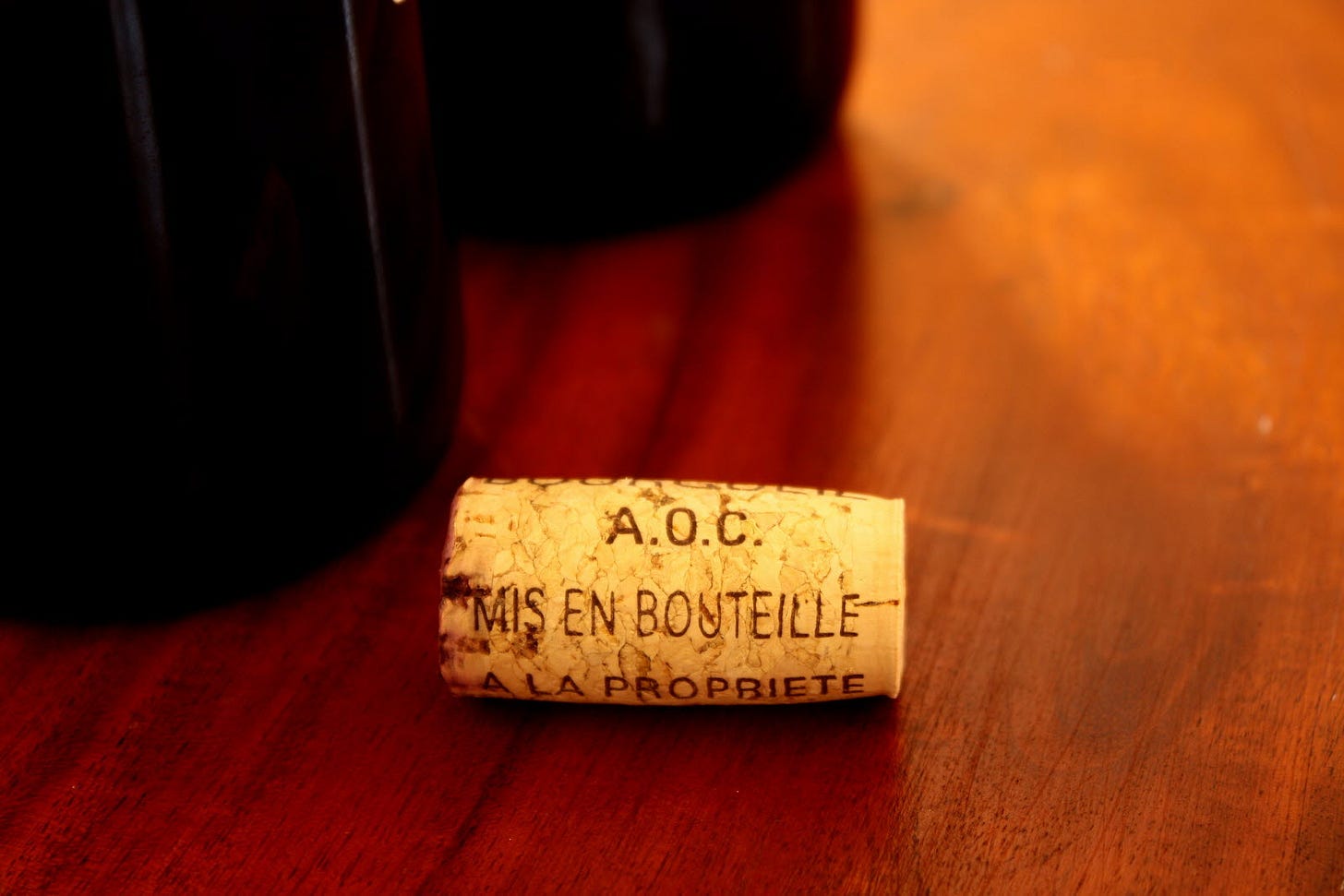Wine Conversations: Old World vs. New World (II)
History murders all our myths.
In Part I of this Wine Conversation, Vicky Hampton asked the question: “Are ‘Old World’ and ‘New World’ relevant distinctions or outdated classifications?” She considered how, stylistically, there is less space between the two “worlds” these days. She also pondered how some places in the “Old World” are now in fact new, and how traditions are less adhered to than they were before (if they ever were at all.)
Indeed, academic Alberto Grandi was once quoted, in an article titled Everything I, an Italian, thought I knew about Italian food is wrong:
“A tradition is nothing but an innovation that was once successful …When a community finds itself deprived of its sense of identity, because of whatever historical shock or fracture with its past, it invents traditions to act as founding myths …This is the reason why I do what I do. To show that what we hail as tradition isn’t, in fact, tradition.”
In the article, Grandi points out how many “classic” Italian dishes are not, in fact, classic, but relatively new inventions.Yet their “classic” status holds firm, thanks to the myth of their origins, rather than the public’s understanding of actual history.
So today I want to look at how the wine industy’s clinging to mythology-based terminology might be hampering our ability to understand the true complexity of wine.
A New World?
When Columbus sailed the ocean blue, it was to find the "new hemisphere of the Earth", later coined "Mundus Novus" or "The New World". Of course, no part of our world was actually "new", the East and West were simply new to each other. Though we have ample evidence that humanity began in Africa (which is part of the East) so, on a purely technical level, we could perhaps accurately continue to call the East "the Old World" and the West "the New World".
But we don't.
"The New World" is a term used in the modern world only within context - when talking of Columbus and his explorer peers, telling the story from their Eurocentric POV. But as soon as that New World becomes colonized, renamed, and fully established from that same POV? Poof, gone. Because the term no longer imparts enlightenment. And, in fact (I'm about to argue,) obfuscates it.
Jason Wilson recently wrote about how he refuses to call Portugal "up-and-coming" as a wine region any longer.
"Wine gatekeepers love to call places like Portugal ‘up-and-coming.’ They also use that term for wine regions like New York’s Finger Lakes or South Africa or Catalonia — as if to keep them perpetually in second class. But after my latest trip to Portugal (trying my best to avoid the crowds) I can no longer ride along with the idea that Portuguese wines are up-and-coming. They have arrived."
When does an "up and coming" wine region finally arrive? When does a "new world" cease to be new?
Being new-ER than something else is not the same as being new. My father will forever be older than me, but at some point I ceased to be a child, then I ceased to be the "next generation" or "new generation". There is hardly ever any talk or direct comparison between myself and my parents anymore. Because at some point, this comparison ceased to hold value, to anyone. At some point, we all arrive.
Now to play devil's advocate: "up-and-coming" is not the same as simply labelling something older or newer than another. Europe being the originator of Vitis vinifera grapes will forever be accurate. Every other place being new-ER, will forever be a truism. But what are we saying to each other by clinging to these phrases? What are we learning from their use? Most importantly: what are we NOT learning from this Eurocentric over-simplification of history?
History Murders All Our Myths
Or, perhaps, vice versa, if we choose to forget history.
Digging into the recorded details of the past is often eye-opening in ways both fascinating and frustrating.1 We have fanciful, fable-like shorthand for the past, myths made for easy understanding of huge, sprawling, complex histories of ever-moving parts. We tell ourselves that we know this is shorthand, that history isn't actually that simple, and yet when argument arises it is this shorthand that is our go-to. Our myths are closer to most people's understanding of history than actual history.
So we should reassess these myths from time to time. Do they still work as intended? Are they beginning to do more harm than good?
I recently began reading The City of Vines: A History of Wine in Los Angeles by Thomas Pinney, and was absolutely floored to discover that wine began in California as early as the 1770's! To put this into further context, the first mention of Cabernet Sauvignon in history was in France in the 1700's, under both the names "Petite Vidure" and "Cabernet Sauvignon". Roughly 100 years later, in 1852, it was in California. That is hardly the epic divide of history our wine mythologies would have us believe.
The Exposition Universelle of 1889 in Paris is rarely spoken about outside of historian circles, but America had a robust winemaking industry well underway in the 1800's, that even then held its own against European wine. This was nearly 100 years before “The Judgement of Paris”. Napa Valley wines won 20 of the 34 medals awarded. A Livermore Valley Sauternes-style white dessert blend of Sauvignon Blanc and Semillion (grown from cuttings of vines direct from Chateau d'Yquem) won top honors as well. Out of over 17,000 wines!2


European winemakers successfully lobbied to exclude all California wines with European names by the next World Fair in 1900, which essentially meant no California wines were included. But it does need to be noted that California was already picking up Europe’s wine flag and crafting wines that were being being judged blind as better allllll the way back in the 1800’s.3
Ohio was also a leading wine producer during this time, when Nicholas Longworth, the "Father of American Grape Culture" cultivated the native grape Catawba and made headline-worthy still and sparkling wine with it. Catawba! A natural Vitis lambrusca / Vitis vinifera hybrid! Something we didn't think anyone was doing much with until very recent years. The Illustrated London News wrote that Longworth's still white Catawba "compared favorably to the hock wines of the Rhine" and that the sparkling Catawba "transcends the Champagnes of France".4 Henry mother effing Wadsworth Longfellow (his full legal name) published a poem titled Ode to Catawba Wine.
This from a grape that isn’t even mentioned in the world of fine wine anymore!
Prohibition, of course, was the Great American Reset in terms of alcoholic beverages. We stopped cold turkey in most States until the slow reemergence of Napa Valley in the 1950's - 70's, culminating in the one major "New World" wine event many people do casually know about: The Judgement of Paris. The Great American Rebirth.
The "myth" of "New World" wine is that California only began to hit the world stage with this moment in 1976. The general public is often told the story of how Thomas Jefferson planted Vitis vinifera in Virginia and utterly failed to produce wine with them. Somehow, this failure is a story that is widespread (pretty suss!) while all of early America's success with wine grapes prior to the 1970’s is rarely spoken of. This myth keeps us from questioning the true age of New World wine, an in fact largely denies that California wine is a story of ebb and flow, of victories followed by disasters over the course of centuries. Much like - you guessed it - the "Old World".
Now let’s look to Europe, to this "Old World" and its own mythologies, which also fare poorly when faced with the minutiae of real history.
As previously mentioned, Cabernet Sauvignon did not even exist prior to the 1700's. The types of grapes planted, where, and why, have changed constantly over the centuries. The styles of winemaking have evolved and changed and gone through periods of victory and disaster, with most of what we consider the current European map and lineage solidifying roughly in line with wine's beginnings in the "New World" in the 1700's.
Chianti was not a proper designated region until 1716. The wine being based on Sangiovese did not arrive until the mid-1800's. The Bordeaux Classification of 1885...well, hopefully that one explains itself. And so on.
The most well-known calamity to befall Europe is of course the root louse phylloxera, which devastated roughly half of all European vines. During this time, with vineyards and wineries unable to meet demand, forgeries and fakes quickly dominated the market. In order to combat this, laws were passed to recognize and protect names of place - the AOC (appellations d'origine contrôlée) weren't born until 1936!
Italian designations, as we know them today, were born in 1960, with yet more upsets to come with the rise of the Super Tuscan and the controversy of Brunello-Gate. And so on. In the end, the grafting of American rootstock proved to be the solution to pylloxera; the AOC was the solution to the decades of decline in European wine's reputation; additional appellations and structure took hold throughout the rest of the 20th century.
Just as American wine was on the way out thanks to Prohibition, Europe was back on the rise after a period of vast loss and volatility. This was the Great European Reset and Rebirth. And by the time Europe was fully back on its feet, here once again came California, rising anew during the 60's and 70's.
Europe may be older than America. But none of this is "new".
So Just What Are We Calling "New"?
When I was first getting into wine, I took for granted that "New World" wine was, in fact, new. That "Old World" wine had been the roughly the same for centuries. Because that's the myth: this is what we are told, again and again, probably as shorthand, but this is what that shorthand means.
Certainly, Europe was making wine before they settled in the places we now call the "New World". But vines were brought over by Europeans - this was at least in part a continuation of Old World culture, not a complete restart from scratch. When we think of the Old World, of France or Italy or Spain, or Georgia or Slovenia or Hungary, these are all places that underwent their own similar resets due to war, politics, perhaps following bad trends only to course correct later. The history of vines planted in "Old World" land is older, but the people and the practices are rarely ancient, unchanged and uninterrupted. They are closer to the history of "New World" regions, a continuation of traditions and culture replanted in new soils, forever undergoing their own cycles of resets and rebirth.
The New World has now been making wine for hundreds of years. They even, at times, conquered making wine with their own native grapes. Even winemaking with genetic hybrids isn't new - it dates back almost two centuries now. (Catawba!) The more I dig into wine history, the more the sense that our myths are simply not accurate - history does not reflect the simplicity of these myths, of our chosen phraseology. Far from it.
Much to Alberto Grandi’s point that started this article: innovation never ends. “Tradition” is much like science - it’s the best we know right now. But the current knowledge will be challenged, and updated. Change, evolution, innovation beyond the current status is inevitable. There is always more to learn. And in the modern information age, where the exchange of knowlegde between cultures is everyday and constant, this wisdom and knowhow is universal. Which makes for even less divide between the Eastern and Western hemispheres.
I'm not someone who thinks that "New World" / "Old World" terminology is offensive, per se, though I do think there's an obvious argument that these terms are being clung to in the same way "up-and-coming" is. It’s a phrase that never seems to wash away once the stain has set: it's lazy and easy and benefits the established over the newer. It does, absolutely, keep the "up-and-coming", the "new", in a perpetual state of second class status, no matter how much time and history has in fact passed.
So if we want people to understand wine, it's rich history, culture, and ebb and flow of quality, terroir, styles, and grapes, we owe people a better framing than Old World / New World. It might have been a truism of the past, it might have even served a purpose like all shorthand at one point does. But we should reassess and decide if the myth is now confusing the on-the-ground reality of the present.
Is it keeping people from exploring the vaster wealth of wine becaue the mythology is so simple - "New World” = this, and “Old World” = that? How often do we have to work hard to convince consumers to not stick to these over-simplifications? And how often does history not even square with these categorizations?
I have to argue that it absolutely does, we absolutely do, and all the bloody time.
Over to Maria Banson who will be posting Part III of this Conversation on Wednesday!
Look no further than my own frustration with discovering how old and traditional Orange Wine actually was, vs. the myth of it being new.
Source: Lineage: Life and Love and Six Generations in California Wine by Steven Kent Mirassou, page 74.
It should be noted that 1889 was right in the thick of Europe’s reconstitution from the phylloxera blight. Grafting had been discovered and proven successful but not all winemakers chose to use the technique. Many held out and used heavy chemicals and pesticides to combat the louse (and were called “Chemists” for this.) Others grafted on American rootstock and were called/slandered as “Americanists”. Let’s just say: tensions and emotions were high between winemakers in France and America in those days. And it’s possible French wine quality was still somewhat shaky, giving California wine an edge that might not have existed otherwise. Still, as The Judgement of Paris cemented once and for all - the potential for Cali wine to overpass French wine has always been there.
Source: The Great Wine Grapes and The Wines They Make by Bern C. Ramey






Good read my friend.
Really Liked the NEW vs OLD!